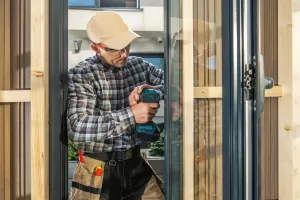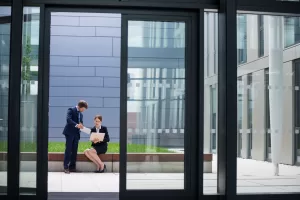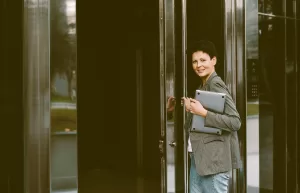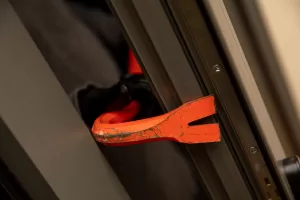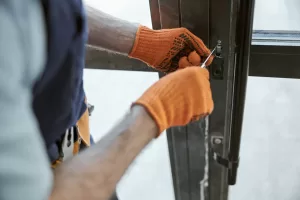Counter-terrorism Protective Security Measures
30 June, 2021
The Government offers extensive guidance on counter-terrorism techniques and practices. One of the key messages in their guidance is that ‘organisations have a duty of care’ to personnel and members of the public to give them the best protection possible.
Below we take a look at the Government’s advice on counter-terrorism protective security measures. These measures will help to deter, detect and delay a terrorist attack.
Better Blast Resistance
- External barriers or a strengthened perimeter to prevent a penetrative (ramming) or close proximity (parked or encroachment) attack
- Use of building materials which reduce the risk of fragmentation including blast-resistant glazing and structural design which reduces the risk of building collapse
- install doors and locks which are better able to withstand forced entry from armed intruders and provide robust ground floor façade material, which together will help to provide cover for people caught up in a firearms attack.
Better Building Management Facilities
- Entrance arrangements that resist hostile entry
- The separation of general heating, ventilation and air conditioning systems for entrance areas, delivery areas, and mailrooms from those occupying the main spaces
- Air intakes that are in a secure area and above first-floor level
- Hazardous material stores that are at a safe distance from the building
- Communications systems (eg public address systems) installed to pass on advice to those caught up in a firearms attack
Better Traffic Management and Hostile Vehicle Mitigation Measures
- Structural measures that prevent access to, or close proximity of, unscreened vehicles to the building or space
- Measures that reduce the speed of vehicles approaching the site or its defences, like bends or chicanes
Better Oversight
- Clear lines of sight around a building
- Absence of recesses on the façade or elevations of a building
- Uncluttered street furniture
- Well maintained and managed litter-free building surrounds that reduce the opportunity for suspicious hidden items and suspect activity to go unnoticed
- CCTV and security guarding to provide formal oversight
- Orientating the building so that it overlooks public space and neighbouring buildings to support informal oversight by those who use and visit the location
- Well-managed access points and reception facilities that offer less opportunity for intruders to go undetected and may deter them from taking further action
Visit this link for more Government information: Protecting Crowded Places: Design and Technical Issues
Contact us to find out how we can help you implement these precautions. If you have any questions, let us know
Follow us on LinkedIn for our latest updates.


